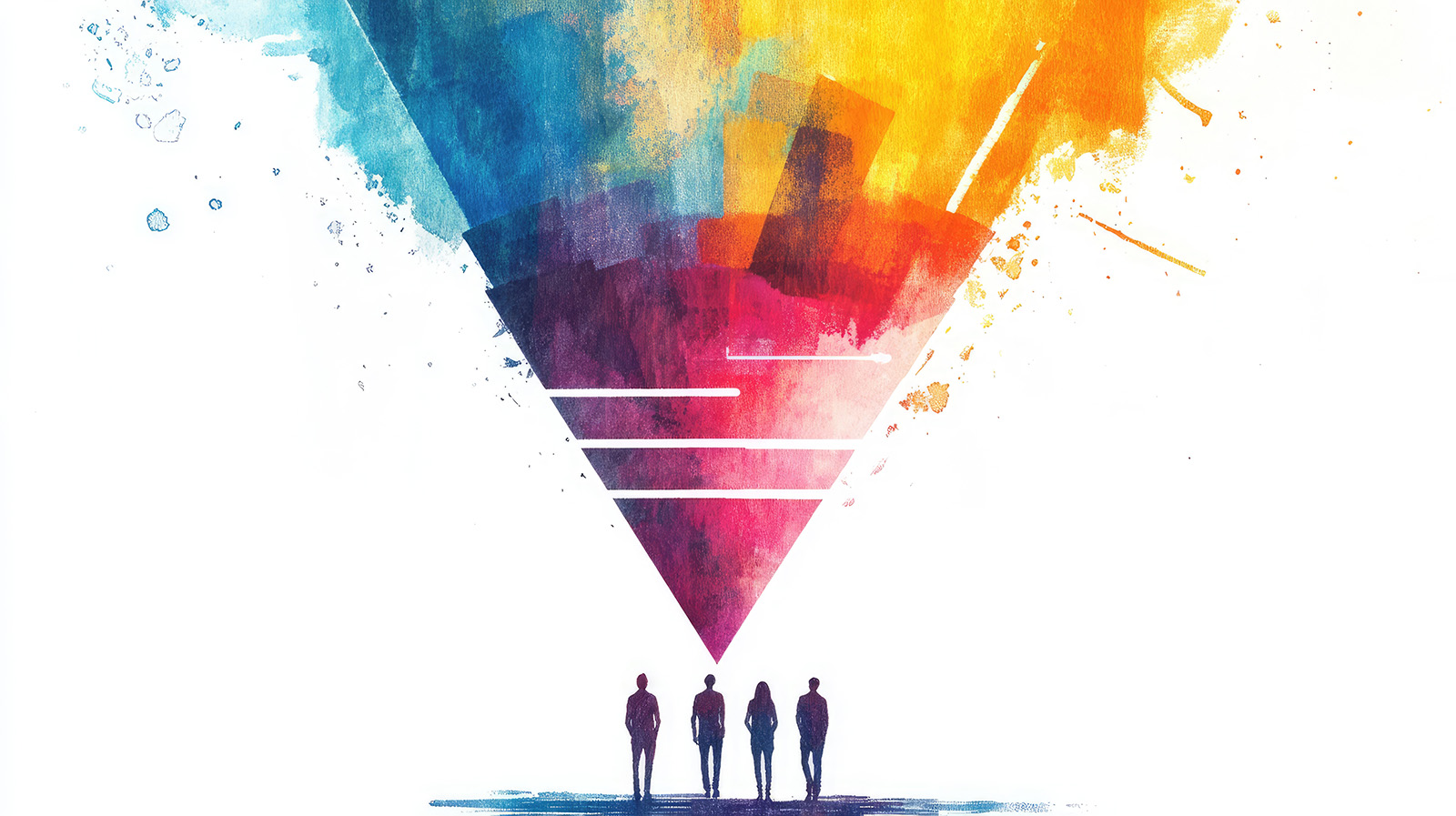It’s a story that repeats itself in the rarefied world of global luxury travel. A boutique villa brand, safari outfitter, or privately-owned cruise operator invests a six or seven-figure sum with a travel and tourism marketing agency that seemed to “get it.” Storyboards are dazzling, campaigns drip with elegant visuals, and early analytics look promising. And yet, four months later, phones are barely ringing. Budgets are slashed, blame circulates, and the sense of possibility is replaced by fatigue and doubt.
If this feels familiar, you are hardly alone. Founders and marketing leaders in the luxury sector frequently carry the scar tissue of previous agency relationships, hopeful launches that fizzled, SEO strategies that went nowhere, glossy branding with no link to measurable bookings. While it’s tempting to attribute these outcomes to incompetent partners or an unlucky brief, the root causes tend to be deeper, systemic, and more instructive than most industry post-mortems admit.
Far from being a sign that “marketing just doesn’t work” for their category, these experiences can become the spark for a sharper, more resilient approach. One grounded in strategy, not just style. Let’s look clearly at why so many luxury marketing campaigns fall short, and what the most consistently successful brands and agencies do differently.
Common Reasons Luxury Marketing Underperforms
Across dozens of failed luxury marketing campaigns, certain patterns repeat themselves with dismaying frequency, offering insights that allow brands, and the agencies who serve them, to break the cycle.
1. Misreading the Luxury Buyer
High-net-worth (HNW) and ultra-high-net-worth (UHNW) travelers may browse Instagram and Google, but their motivations, anxieties, and signals of intent differ sharply from mainstream travel buyers. Standard e-commerce funnels that churn out email sign-ups and low-friction bookings produce volume, not the discernment or emotional resonance required for luxury tourism. True luxury digital marketing must appeal not just to aspiration, but to exclusivity, privacy, and meaning.
2. Generic Funnels, Misapplied
It’s tempting for agencies to repurpose performance marketing templates from sectors like SaaS or mainstream travel, tweaking color palettes but leaving the funnel structure the same. The result: familiar ad-copy cliches, generic lead magnets, and calls-to-action that feel off-key when matched with a $50,000 safari or a five-figure hotel suite.
3. Form Over Function
Aesthetics matter in luxury marketing, especially in the increasingly digital landscape. But there’s a trap in prioritizing cinematic videos and splashy photography without connecting these efforts to conversion strategy. “Vanity marketing” is a real risk, encouraging brands to spend disproportionately on what looks impressive, with only a vague sense of whether those investments are producing sales, qualified leads, or mere likes.
4. Fuzzy Accountability
Measurement is too often a gray area. In the absence of clear, agreed-upon KPIs, be they bookings, high-value inquiries, or qualified leads, marketing success becomes subjective. High spend becomes rationalized as “building awareness,” but the data pipeline is missing, making it impossible to attribute revenue or bookings to specific campaigns.
5. Disconnected Strategy
Site, ads, content, and CRM are managed by different partners (often a mix of in-house and external talent), with little shared data or strategy. Marketing becomes reactive: a flash sale here, a PR push there. Initiatives spring up as “random acts of marketing,” rather than as part of a thoughtful, sequential buyer journey.
The net effect is frustration on both sides of the agency-client divide and a growing skepticism about whether luxury marketing promotions can ever be engineered for predictable ROI.

Underlying Causes: Beyond the Usual Suspects
What links all these pain points is not simply a lack of creativity or effort. Often the missing ingredients are subtler, and frequently overlooked even by those with experience in travel and hospitality marketing.
Missing Emotional Positioning
Brand decks may highlight “bespoke experiences” or “discerning travelers,” but few campaigns are rooted in a true emotional positioning. What deep personal desire, status, nostalgia, adventure, self-transformation, is being promised? Without a hierarchy of desire anchored in authentic buyer research, messaging remains surface-level, blending in with competitors.
Weak or Imaginary Personas
The luxury buyer is more than a net worth bracket that breathes. Effective travel and tourism marketing agency teams dig into psychographics: What do these travelers value? Who influences their decisions? Why and when do they book direct versus via advisor? Too many agencies settle for an archetype, “affluent female, 45-55, likes yoga and art”, that is disconnected from real buying motivations.
Incoherent Messaging Across Touchpoints
A $30,000 villa rental or a custom Galapagos charter requires a specific buyer mindset. When the ad copy, landing page flow, and sales follow-up don’t align with that context and price point, skepticism creeps in. Overpromising on “luxury” and underdelivering on service clarity turns would-be buyers away.
Over-Reliance on Channels
It’s easy to fixate on a single “hero channel.” Agencies get hired for their Instagram prowess, SEO acumen, or PR rolodex. But a single tactic, decoupled from a global funnel strategy and lead nurture plan, rarely produces sustained results. Google’s algorithm or Meta’s platform changes can upend a channel overnight if there’s no owned data or flexible marketing architecture based on sound principles.
Reactive, Not Strategic
Marketing calendars fill up with ad hoc campaigns, seasonal pushes, or whatever seems urgent. There’s no long-term roadmap, no hypothesis-driven testing, and no mechanism for course-correcting based on real buyer behavior. Brand growth remains inconsistent, and marketing budgets are constantly up for renegotiation.
What High-Performing Luxury Brands Do Differently
When luxury travel brands finally break through, it’s not thanks to the “next big thing.” It’s because they internalize a fundamentally different way of structuring and measuring their tourism marketing.
Rigorous Diagnosis Comes First
Before any campaign begins, top luxury marketing agencies conduct a full conversion audit:
- Funnel mapping: Where are prospects dropping off between inquiry, brochure download, and phone call?
- CRM and attribution review: What’s actually being tracked and attributed? Are leads tagged and qualified by channel?
- Messaging teardown: Is every ad, landing page, and follow-up email reinforcing the same emotional hook and offer?
This diagnosis phase is non-negotiable. It uncovers invisible bottlenecks, unhelpful automations, and dissonant language that quietly cripple performance.
Positioning and Offer Clarity Before Broad Media Spend
Instead of “spray and pray,” leading brands clarify what makes their experience distinctive at every buyer touchpoint. They map feature-to-benefit, ensuring every campaign and asset dramatizes their edge, whether it’s a unique access, level of personalization, or the emotional afterglow of the trip.
Balancing Branding With Direct Response
The most effective luxury campaigns don’t fall for the branding/performance “either-or.” Prestige visuals and storytelling open the funnel, but are supported by:
- Tightly targeted retargeting sequences
- VIP and “waitlist” lead magnets that pre-qualify buyers
- Clear, graded calls-to-action (from soft inquiry to direct booking)
This balancing act is at the core of high-performance luxury digital marketing.
Full-Funnel Media Strategy
A single campaign, even with seven-figure global media behind it, will only reach a fraction of the tourism market. Top agencies architect full-funnel strategies, ensuring that every ad dollar spent, including those allocated for promotion, nurtures the right prospect at the right stage: cold awareness, mid-funnel research, or hot leads ready for a call. Here’s a simple comparison:
|
Funnel Stage |
Common Mistake | High-Performance Approach |
|---|---|---|
| Awareness | Mass reach | Hyper-targeted, emotionally led ads |
| Consideration | Generic content | Interactive guides, webinars, VIP invites |
| Decision | Weak follow-up | Direct contact by senior sales, concierge touch-up |
| Post-Sale | No engagement |
Loyalty programs, shareable content, referral incentives |
Qualifying Leads Over Chasing Vanity Metrics
Rather than fixating on raw lead counts, successful brands implement lead scoring systems. They refine forms, landing pages, and ad copy to subtly filter for the most qualified prospects, those able and likely to convert, not just those who fill out a form.

What Sets a Real Luxury Tourism Marketing Agency Apart?
With everyone selling “full-service” or “white glove” marketing, brands need ways to separate specialists from the crowd. A true luxury marketing agency displays certain qualitative differences, particularly in destination marketing:
- Depth of experience with high-ticket sales psychology
- Transparent, data-driven frameworks (not just menus of technical services)
- Comfort managing long sales cycles and layered decision-makers (advisors, family, boards)
- Real reporting: CRM setup, lead attribution, and pipeline oversight
- Courage to push back against trendy tactics that don’t suit your brand or audience
Above all, elite agencies don’t just do what’s asked. They challenge their clients, kindly, directly, and always aligned to long-term success.
Bringing It Into Practice: A Structured, High-Trust Model
Take our approach at Jadewolf for example, we work with previously burned luxury brands in three structured phases:
- Strategy and Diagnosis: Begin not with assumptions but with deep-dive interviews, CRM and advertising data mining, and funnel blueprinting.
- Funnel Engineering: Staging messaging, creative, and media based on actual buyer journeys, not generic calendars.
- Full-Service Execution and Reporting: Every campaign ties back to tangible business goal, bookings, show rates, revenue per inquiry, not just impressions or likes.
Transparency is the watchword at every stage. There’s always a single source of truth, from campaign dashboards to sales team hand-off, so nothing falls through the cracks.
Breaking the Cycle
Failed marketing campaigns can leave lasting doubt, but they seldom prove that global marketing or engaging with a digital agency, especially in the tourism sector, itself is unworkable. More often, they reveal where generic playbooks and a lack of strategic thinking cause otherwise remarkable brands to blend in, not stand out. When brand teams and agencies commit to true diagnosis, emotional intelligence, and relentless alignment of message to every step of the buyer journey, luxury travel marketing becomes not just effective, but transformational.
If you’re ready to make your next campaign different, consider booking a discovery session with us. The first step toward better results is often this simple act: choosing to learn, not just to blame.

